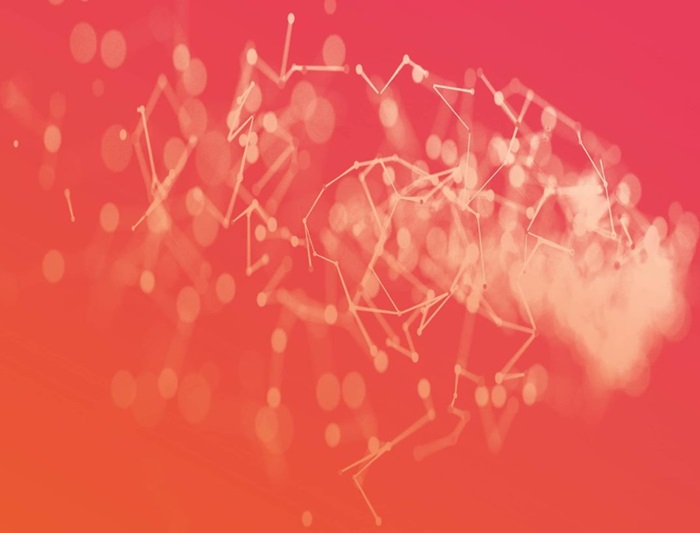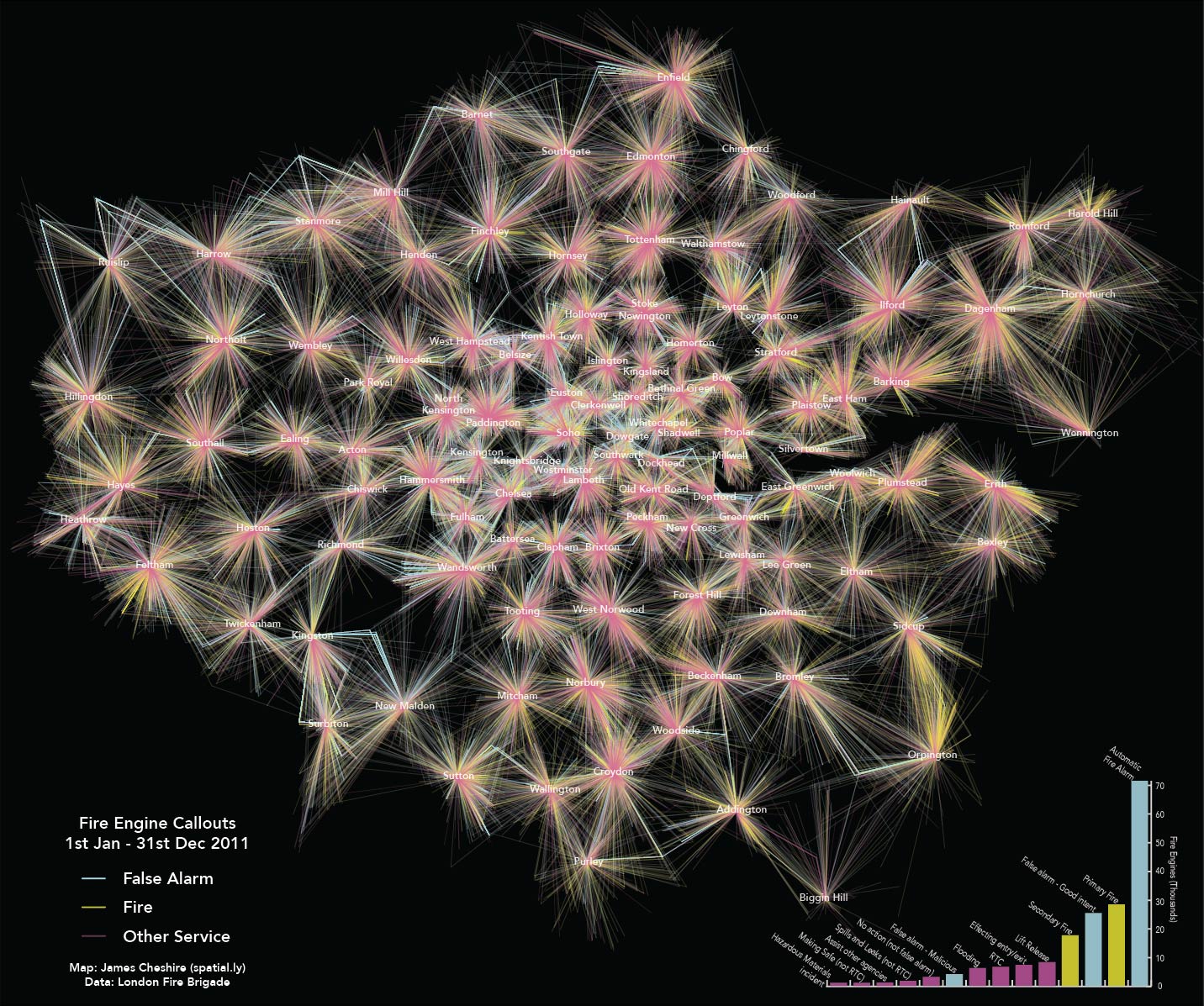It’s halfway between Snow White and super science, the mirror that can tell whether you are ill.
The brain-child of the same team of scientists who came up with Persona, the revolutionary contraceptive device that lets a woman know whether she can conceive, the Diagnostic Mirror will use state of the art technology to tell you what you may not want to know. Using cameras and microphones the mirror can pick up information on the state of your health from skin colour, the size of your pupils, your voice, heartbeat and can even tell your blood pressure if you brush your hand against it.
What it cannot do is tell you how good looking you are but according to its makers that could come.
“Taking your picture and then comparing it against a database of the best looking people in the world could be done with the technology around at the moment but it’s not something we are considering,” said Mike Pearson, joint owner of Pearson Matthews, which is working on the mirror with an un-named development partner.
“Tthe technology to do what we want to do with the mirror is all in place now.
“What we are looking at is a system that can pick up breath, detect skin colour, monitor your pupils, skin oxidisation and you use sensitive microphone technology to pick up your heart-beat,” said Pearson.
Computer technology built into the mirror including lab on a chip techniques that can detect minute amounts of chemicals will then be used to build a complete picture of an individual.
Instead of misting being an inconvenience, with the diagnostic mirror it becomes a positive benefit as the system can then collect samples for analysis on a range of complaints.
Built in cameras which can focus in on the pupil examine the back of the retina, while linking the mirror to a set of scales equipped with an infra-red communication system provides its computers with important weight information.
Developments in microphone technology have seen the emergence of directional systems from companies like the Hamilton-based Oticon, which can pick up sound from considerable distances. Advances in digital techniques also let the mirror screen out background noise and focus on particular sounds. Other technology capable of detecting stress in the voice produced by companies like the Israeli company Makh-Shevet, can also alert the system to look for particular symptoms.
According to Pearson the mirror is a uniquely appropriate piece of household furniture to use for medical diagnosis because of the state of mind it generates.
“The mirror works very well because when you stand in front of it in the morning you are already preparing yourself for a self-imposed analysis. That concept is very powerful. You normally do it under controlled lighting conditions with a mental attitude that this is the time when you face you health.”
Computerised diagnosis is therefore a logical extension of the process, said Pearson who sees the widespread adoption of household medical diagnosis devices as part of everyday life in the next century.
“We are soon going to be seeing the development of the ‘worried well’ and the ‘interested well’ because of changes in the way we live. The people who go to health centres are becoming increasingly interested in monitoring and changing their bodies and providing them with the devices to do will be logical.”
A concept already receiving attention in the US, with researchers in many universities working on projects to develop home health monitoring systems like the Massachusetts Institute Of Technology’s ‘Guardian Angel’, a computer system under development for old people which will both monitor health and alert relevant agencies in the event of a problem being picked up.
Such health monitoring is a facility the diagnostic mirror will also offer, its on-board computers having the capability, in the nicest possible way, to tell you when it may be a good idea to make a trip to the surgery. It is a surgery that itself will be changing as it adapts to the data being generated by systems like the mirror, with Pearson predicting the rapid emergence of medi-centres like those recently opened in Nottingham and Kingston-on-Thames by the high street retailer Boots.
Using a computer disc created by the mirror will let a potential patient take their vital data to an organisation of their choice leading to the development of a sophisticated medical industry with patients for the first time being able to take control of their health. With the cost of private health care is now rising by 10% above the rate of inflation, the inevitable result is that the industry itself will push people to develop healthcare policies aimed at preventing disease rather than treating it.
This trend towards personal responsibility fostered by both the current Labour administration and its Conservative predecessor is something that innovators like Pearson are hoping to tap into.
The greatest hurdle to the development of the system is public attitudes. Current fears over database technology and the attendant erosion of civil liberties will have to be overcome for such diagnosis to be possible. A hurdle, which in itself could delay adoption by many years, with the medical community still unsure how to solve issues surrounding its attempts to create a networked hospital system known as the NHS-Wide Net intended to create the infrastructure for a national database.
“The technology to do this is not the issue, the issue is how people are going to change and adapt. People adopt things because they can see the benefit diagnostic devices like this let people have a pro-active life-style.”
___________________________________________________________________________________________
Published by Scotland on Sunday 16th of May, 1999




